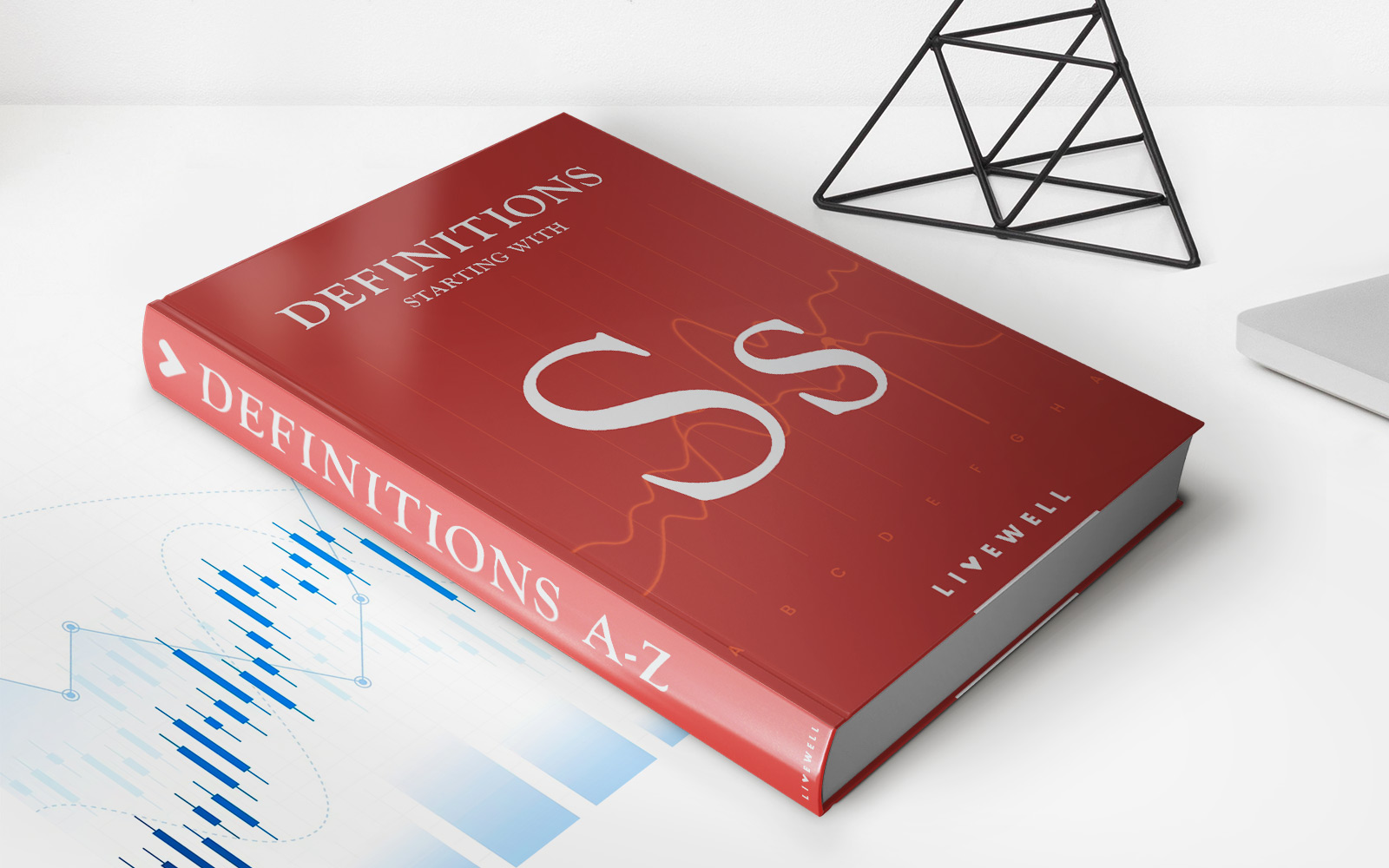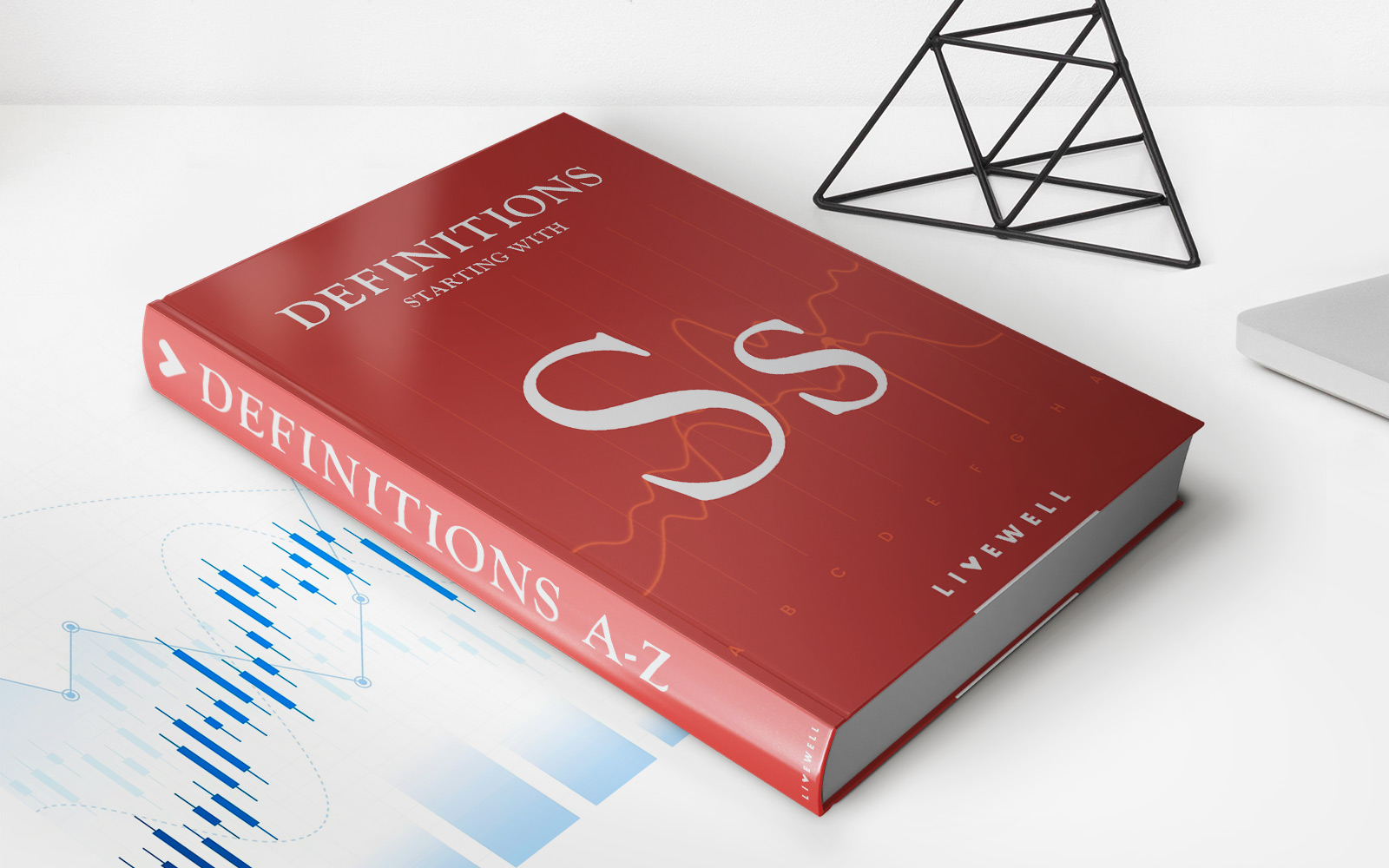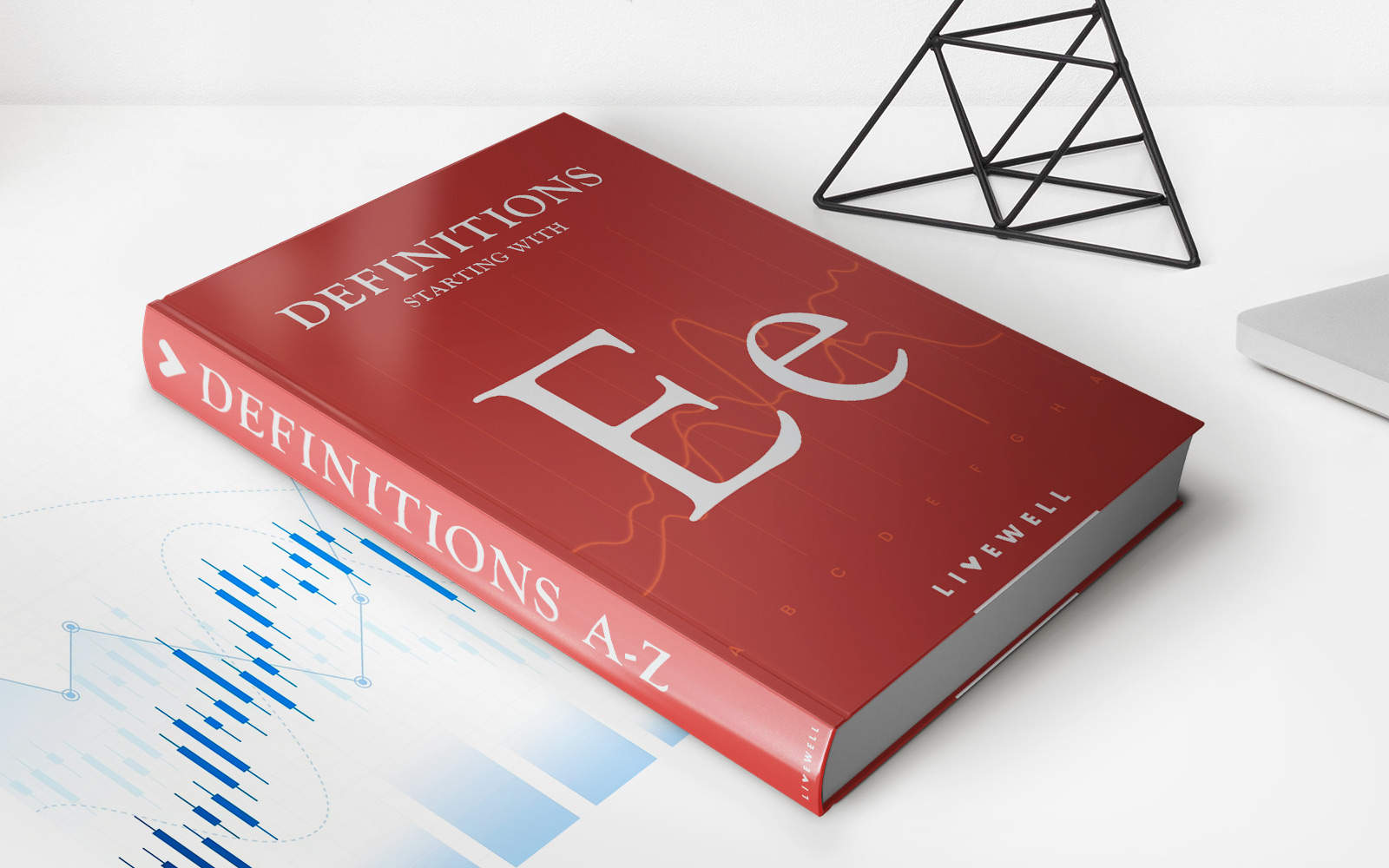Home>Finance>Index ETF: Definition, Types, Advantages, And Risks


Finance
Index ETF: Definition, Types, Advantages, And Risks
Published: December 8, 2023
Learn about index ETFs in finance, their definition, types, advantages, and risks. Expand your knowledge and make informed investment decisions.
(Many of the links in this article redirect to a specific reviewed product. Your purchase of these products through affiliate links helps to generate commission for LiveWell, at no extra cost. Learn more)
Index ETF: Definition, Types, Advantages, and Risks
When it comes to investing in the stock market, there are various options available, each with its own set of advantages and risks. One popular choice among investors is Index ETFs. But what exactly are Index ETFs, and why are they gaining popularity? In this article, we will delve into the world of Index ETFs to provide you with a comprehensive understanding of what they are, the different types available, their advantages, and the potential risks involved.
Key Takeaways:
- Index ETFs are investment funds that aim to track the performance of a specific market index.
- They offer diversified exposure to a wide range of assets within a single investment.
What is an Index ETF?
An Index ETF, also known as an Exchange-Traded Fund, is an investment fund that aims to track the performance of a specific market index, such as the S&P 500 or the Dow Jones Industrial Average. Unlike mutual funds, Index ETFs trade on exchanges throughout the day, just like individual stocks, making them highly liquid and easily accessible to investors.
Index ETFs are designed to replicate the performance of their underlying index by holding a diversified portfolio of stocks or other assets that closely mirror the index’s composition. This allows investors to gain exposure to a broad market or specific sector without having to purchase each individual security within the index.
Types of Index ETFs
Index ETFs can be categorized into various types based on the underlying index they track or the asset class they represent. Some common types of Index ETFs include:
- Stock Index ETFs: These ETFs track a specific stock index, such as the Nasdaq 100 or the Russell 2000.
- Bond Index ETFs: These ETFs focus on tracking the performance of fixed-income securities, such as government or corporate bonds.
- Commodity Index ETFs: These ETFs aim to replicate the performance of a specific commodity or group of commodities, like gold or oil.
- Sector Index ETFs: These ETFs concentrate on a particular sector of the economy, such as technology, healthcare, or energy.
Advantages of Index ETFs
There are several advantages to investing in Index ETFs that have contributed to their increased popularity:
- Diversification: Index ETFs provide investors with instant diversification as they hold a basket of securities. This diversification helps spread the risk across multiple assets and reduces the impact of market volatility on individual stocks.
- Low Costs: Index ETFs generally have lower expense ratios compared to actively managed funds. With lower costs, investors can keep more of their investment returns.
- Transparency: The underlying index of an ETF is publicly available, allowing investors to see the holdings and understand the composition of their investment portfolio.
- Flexibility: Index ETFs can be bought or sold throughout the trading day, providing investors with flexibility and the ability to react quickly to market conditions.
Risks of Index ETFs
While Index ETFs offer numerous advantages, it’s crucial to be aware of the potential risks associated with these investments:
- Market Volatility: As Index ETFs aim to replicate the performance of a specific index, they are subject to market volatility. If the underlying index experiences a downturn, the value of the ETF may also decline.
- Tracking Error: While Index ETFs attempt to closely track their target index, there can be a slight deviation known as tracking error. This can occur due to factors such as management fees, trading costs, and imperfect replication.
- Liquidity: While ETFs are generally liquid investments, there can be instances where the liquidity of a particular ETF may be limited, especially for those tracking less-traded or specialized indices.
It’s important to research and understand the risks associated with an Index ETF before investing and consider factors such as the underlying index, expense ratio, liquidity, and the overall investment objectives.
Conclusion
Index ETFs provide investors with a diversified and cost-effective way to gain exposure to various asset classes and market indices. With their ease of access, transparency, and flexibility, they have become increasingly popular among both individual and institutional investors. However, like any investment, it’s crucial to carefully consider the advantages and potential risks associated with Index ETFs before adding them to your portfolio.
Remember, always consult with a professional financial advisor or conduct thorough research to ensure that Index ETFs align with your investment goals and risk tolerance.
Disclaimer: The information provided in this article is for informational purposes only and should not be considered as financial or investment advice. Always do your own research and consult with a qualified financial advisor before making any investment decisions.














